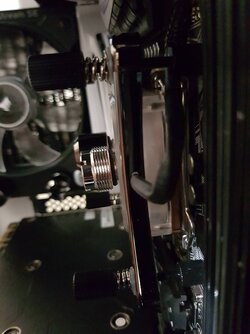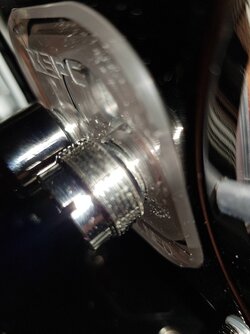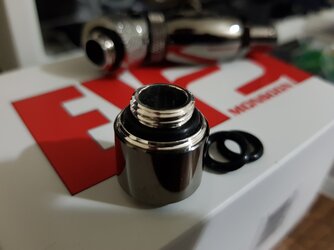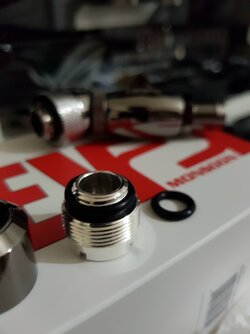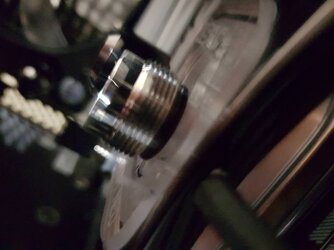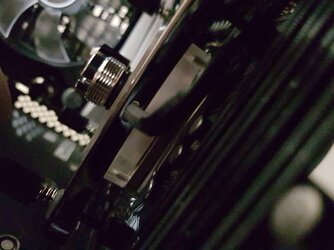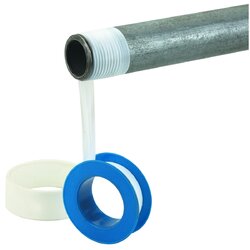SkyLakeBlue
New Member
- Joined
- Oct 20, 2017
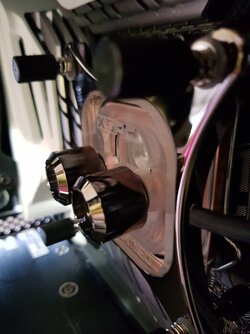
I shifted from flex tubing (Xspc compression fittings) to rigid tubing (Monsoon EV2 fittings)
I changed my Intel CPU waterblock: XSPC Raystorm Pro(old) to Raystorm Neo (new)
I noticed the gap of the rigid fittings from the cpu waterblock and I tried to screw it down with the tool as much as my fingers start to hurt but there's still a gap.
I uploaded another here shows the Monsoon EV2 rigid fittings (left) Xspc flex tubing compression fittings (right) on my old cpu waterblock which is copper.
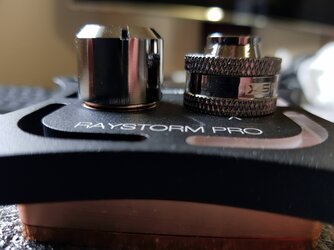
The flex xspc fittings screw down all the way while the rigid ev2 does not.
Is this normal to have a gap or not?
Should I continue to force it down? I'm afraid of cracking the cpu waterblock though..
